More kopi, less latte: How Johor's old-school cafés are winning over a new generation
In a Johor Bahru cafe, my steaming hot kopi-o comes in a thick porcelain cup and saucer, set on a marble-top table. The surroundings are cool and comfy, the furniture is retro, and the floor tiles are chequered black-and-white vintage.
Around me are families tucking into their nasi lemak and laksa, and Instagramming Gen Zs scrolling on their phones.
If you've visited Johor recently, you would likely have come across such eateries offering humble coffee-shop or kopitiam fare like coffee, kaya toast, soft-boiled eggs and noodle bowls.
All this in air-conditioned comfort with spacious seating, served with a dose of nostalgia amid decor featuring old-school wooden tables and chairs, vintage patterned tiles, and even a classic Singer sewing machine.
"We grew up eating these local dishes at home or at a hawker stall in our neighbourhood... (kopitiam fare) marries the familiarity of taste and the search for a hip new cafe," said Ms Nur Ezzara Basyira, a 25-year-old communications executive from JB.
"Kopitiam" combines the Malay word "kopi" (coffee) and the Chinese dialect Hokkien word "tiam" (shop), literally translating as "coffee shop". It refers to a traditional, often non-air-conditioned go-to place for simple, affordable local food and drinks in the region, particularly Singapore and Malaysia.
Over the past few years, kopitiams wrapped in comfort with a serving of nostalgia have proliferated in the southern Malaysian state, especially in state capital JB, which is viewed as a favourable launch pad for food-and-beverage businesses.
Some of these cafes have done well enough to venture beyond their home borders to Singapore and Australia, and one has even listed successfully.
Oriental Kopi, which in 2020 opened its first outlet in Johor Jaya, a suburb in JB, debuted on the ACE Market of Bursa Malaysia on Jan 23, 2025. Its shares doubled from the IPO price of RM0.44 to close at RM0.875 on the first trading day, and currently trade at around RM1.
To date, the Selangor-based kopitiam chain operator has over 20 outlets in Malaysia, and plans to open at least 13 more by 2026.
The chain, which offers Nanyang-style coffee and cuisine (a fusion of southern Chinese culinary traditions with the flavours of South-east Asia) along with its signature egg tarts, also has two outlets in Singapore, where it plans to open a total of eight outlets over the next three years with Singapore-based Paradise Group.
Another prominent chain is Tea Garden, which has more than 30 outlets across Malaysia and two in Perth, Western Australia. While it had an earlier start, in 2005 in JB, it has expanded rapidly only in the last two years and was given the Fast-Moving Companies award under the Malaysia SME100 Awards in 2023.
Hock Kee Kopitiam, another chain serving up coffee-shop favourites with a side of heritage, began with one outlet in JB in 2018. That outlet was shuttered due to the Covid-19 pandemic, but Hock Kee recovered and now has nine outlets in Kuala Lumpur, Selangor and Johor.
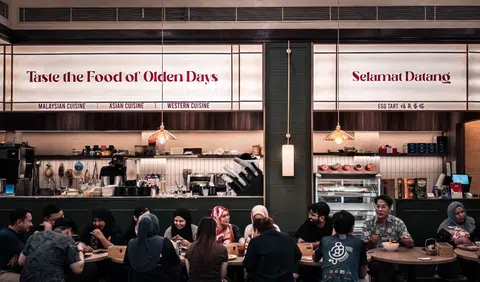
Hock Kee's founder Nick Ng, 45, told The Straits Times that he plans to open the first Singapore outlet in Orchard Road by 2026, in addition to 12 more outlets across Malaysia.
"Why are kopitiams getting more popular today? I always believe that it is the quality of the food - at the end of the day, in F&B, you will be judged based on your food," he said.
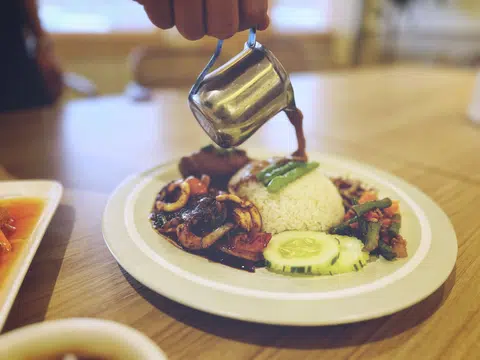
Kopi-o, not Americano
Some Malaysians say the popularity of kopitiam chains like Oriental Kopi represents a renewed pride in and love for all yummy things local - a triumph of the sempiternal kopi-o versus the Americano import, of half-boiled eggs and buttery kaya toast over Eggs Benedict on a slice of sourdough.
"A decade ago, the trend was hipster cafes and going for lattes and salmon on avocado toast, but now young people will pride themselves on eating local comfort food in some new old-school cafe that popped up in town," said Ms Nur, who frequents cafes.
There is also the comfort factor, with diners willing to pay more to enjoy their meals in clean, air-conditioned comfort instead of sweating their way through an equally tasty plate of nasi lemak or wonton noodles at an outdoor hawker stall with questionable toilet facilities.
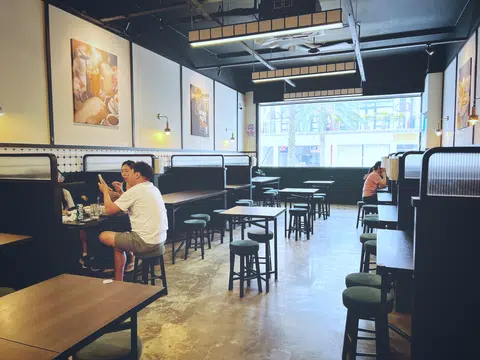
Generally, a meal at one of these air-conditioned kopitiam chains can cost about twice the price as compared to dining at an outdoor hawker.
"I don't mind the higher price for a comfortable place where I can eat and chat for long hours with my friends and family," said Ms Flora Chia, 51, a regular patron of family-owned Huai Heong Kopi, which opened its sole coffee shop in Johor in 2023.
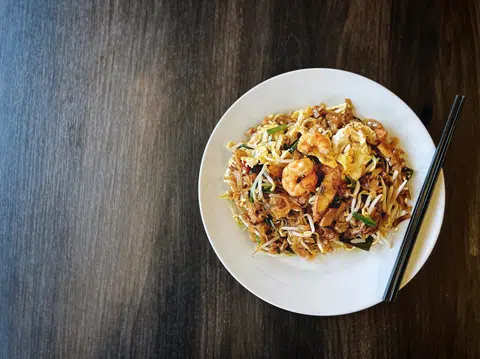
Savvily blending heritage elements with a modern twist into a consumable promise with an affordable price tag, these kopitiams attract older customers seeking comfort from the past and younger patrons looking to relax amid Instagram-worthy surroundings.
What the likes of Oriental Kopi, Hock Kee and Tea Garden have in common are the retro-heavy themes of their outlets, replete with aesthetics that get the phone cameras clicking: clunky rotary dial telephones, old-fashioned wind-up clocks and woven baskets that grandma toted to the wet market.
Hock Kee's Mr Ng said that RM1 million (S$305,000) to RM1.5 million is spent on design and decor for each outlet, to achieve a welcoming environment couched in old-school charm.
"People come with a lot of pent-up emotions from work or their private lives and there's no better way to feel good than through food that is served with warmth, with a familiar and good taste in a place that transports you into a different realm," he added.
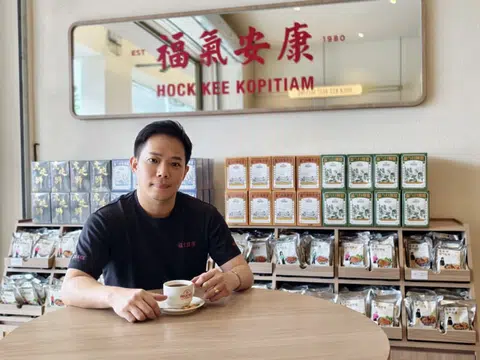
Why Johor?
Mr Lim Jit Tong, a third-generation co-owner of Kluang Rail Coffee, told ST that it is not a "coincidence" that several prominent coffee-shop-style chains have emerged in Johor.
The family-owned kopitiam chain, which started off as a standalone canteen way back in 1938 at the site of a former Keretapi Tanah Melayu (KTM) railway station in Johor's Kluang district, a 90-minute drive to JB, has also been busy expanding.
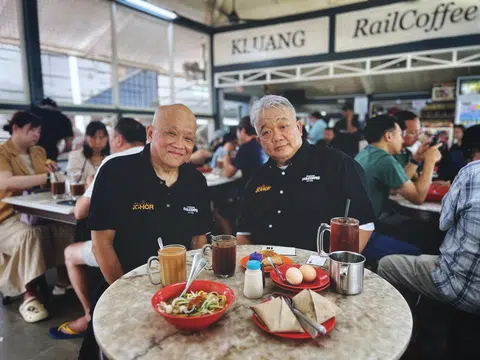
Kluang Rail Coffee now has eight outlets in Johor and one outlet in Selangor pulling in around RM30 million annually. Of these, six opened between 2022 and 2025, and there are plans to open more in the Johor suburbs.
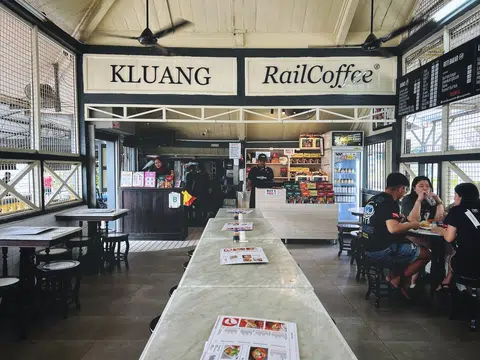
Today, the original outlet at the former KTM station in Jalan Stesen, Kluang, retains the charming features of an old-time, non-air-conditioned coffee shop with simple furnishings.
"I move around in the business associations, and the business community is saying that Johor, in the next five years, is set to grow, perhaps even more than KL," said Mr Lim. "Why Johor? It's because it is set to become (like) Shenzhen and there are a lot of new investments there."
He was referring to the successful Shenzhen Economic Zone and its synergy with nearby Hong Kong.
He noted that the Johor-Singapore Special Economic Zone, a bilateral project signed by Malaysia and Singapore in January 2025 which will see the southern half of Johor develop into a special trade zone with Singapore, is expected to attract industries such as advanced manufacturing, technology, services and tourism.
Inspired by the success of coffee chains like Oriental Kopi, aspiring entrepreneurs have also opened cafes offering kopitiam favourites in an old-world setting.
Two years ago, Johorean Yap Zi Yang, 30, opened Huai Heong Kopi in Iskandar Puteri, about 15 minutes by car from Singapore's Tuas Checkpoint.
The cosy kopitiam serves Ipoh-inspired zi char dishes in a retro setting imbued with nostalgia, inspired by award-winning movie In The Mood For Love, set in 1960s Hong Kong.
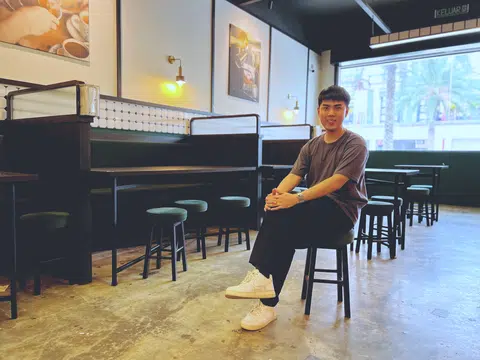
It cost around RM600,000 to set up shop, with the business breaking even in the first month and now taking in around six figures monthly, said the former banker, who also owns a bar in the city centre.
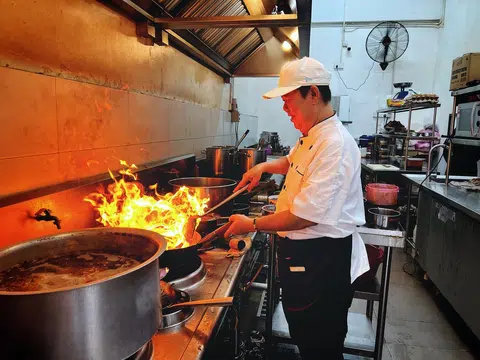
Another example is Le LA, a canteen-style kopitiam serving local dishes like nasi lemak and mee siam alongside novel pizzas topped with smoked duck or truffle.
Ms Nur Hasya Zainal Abidin, 33, and her brother Adam Adli, 26, spent RM180,000 to open the cafe in Kota Jail, formerly Johor Bahru Prison, in April. The 142-year-old prison turned heritage and tourism site, which has been transformed into a community hub with a gallery, shops and event spaces, opened in March.
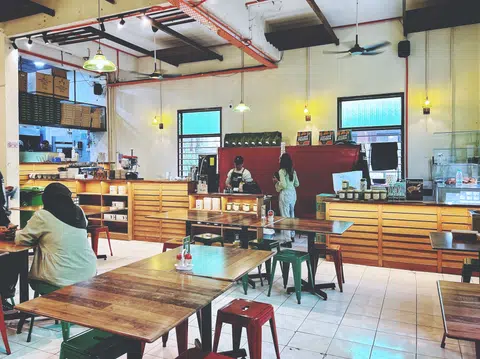
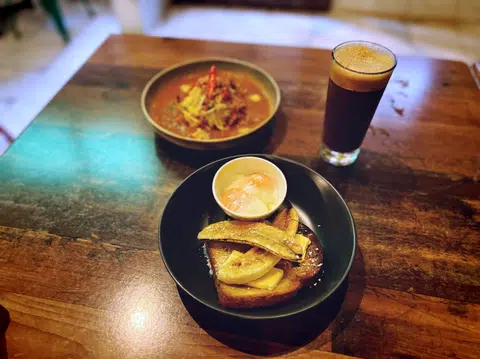
Ms Hasya said they are able to cover the RM50,000 monthly operating cost including rental, thanks to a good 70:30 mix of locals and day trippers from Singapore. The cafe sees a daily average of 100 to 150 customers on weekdays and as many as 200 on weekends.
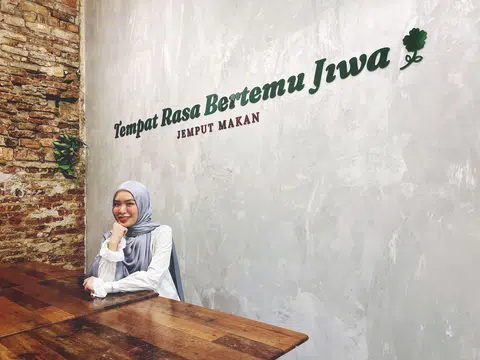
Just a fad or here to stay?
To be sure, modern-day, nostalgia-tinged kopitiams have been around for a while. There are well-known names like OldTown White Coffee, established in 1999 in Ipoh, Perak, and Malaysia's largest halal-certified kopitiam chain with more than 200 outlets in Asia; as well as the PappaRich franchise that has around 100 outlets worldwide.
The PappaRich Group faced winding-up petitions in 2020 due to unsettled debts but was later acquired by a new owner who is revamping the brand and planning for expansion.
PappaRich's founder, Mr Rich Tan, subsequently launched his own kopitiam-style brand, Rich Kopitiam in 2023. It has seven outlets mostly in Selangor state.
Mr Tan had said he sold off his stake in PappaRich due to disagreements about the company's direction, specifically its rapid expansion and emphasis on profit-making over food quality.
Noting the travails of the PappaRich franchise, Malaysia Specialty Coffee Association president Kelvin Ngow pointed to the importance of fundamentals like business focus and product quality. "These (heritage-type kopitiams) need to maintain their quality," he stressed.
But others believe that eateries featuring kopitiam fare with old-school ambience will continue to do well, pointing to how these places offer a taste of nostalgia for the older generation, and a novel experience for younger ones, with both enjoying familiar local foods.
Associate Professor Lau Kong Cheen, who specialises in marketing at the Singapore University of Social Sciences, told ST: "Many Asian customers are drawn to heritage food partly due to their cultural pride and desire to preserve the history and richness of their respective cultures."
Also, the hype surrounding the kopitiam trend creates a Fomo (fear of missing out) effect, said Associate Professor Hamzah Muzaini, a cultural geographer at the National University of Singapore.
"It is not the kopitiam itself but the hipster vibes that give a modern and stylish look. Just putting the word heritage in your stall name sells. It makes one feel like you are consuming the past," he added.
For a three-generation family from Singapore enjoying their local breakfast at the original Kluang Rail Coffee outlet on a recent Friday, the kopitiam was both a practical pit stop that satisfied their hunger and a sweet walk down memory lane.
Civil servant Felicia To, 33, who was there with her 16-month-old toddler, said: "In the past, we came here often with our parents when we drove up to Malaysia, stopping over for a meal. Now we're married and have a kid in tow, so it's also a nice place to reminisce moments from our younger days and create new memories too."
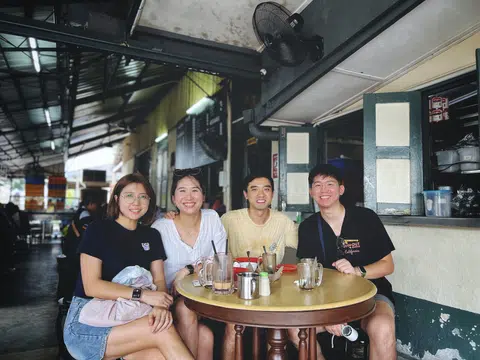
Harith Mustaffa for The Straits Times